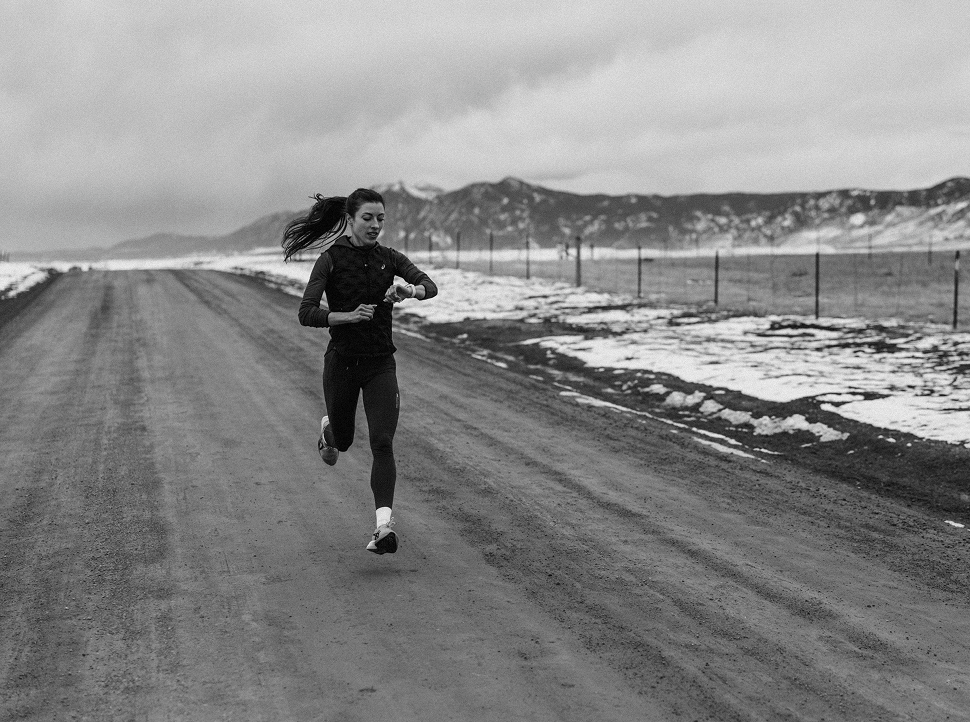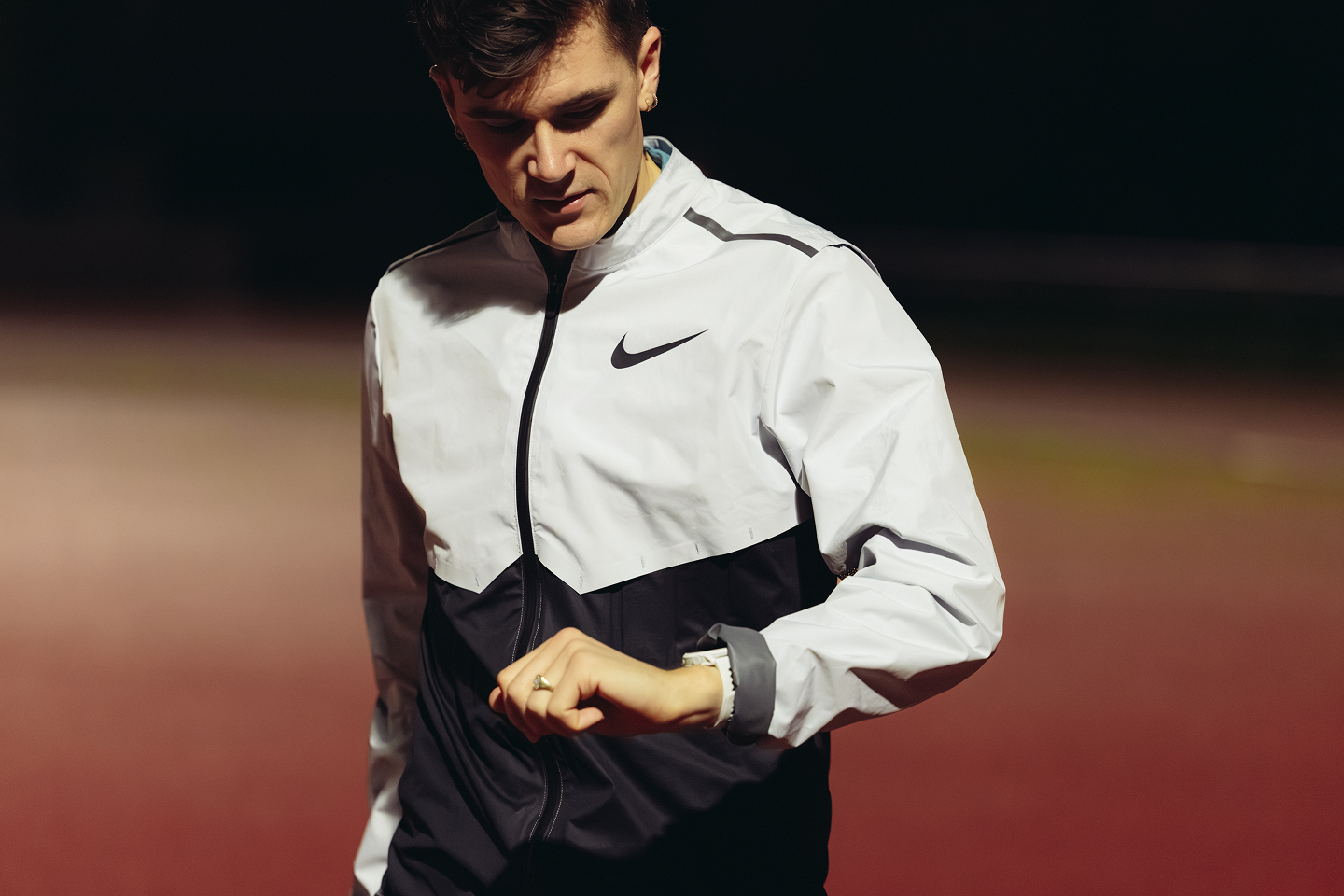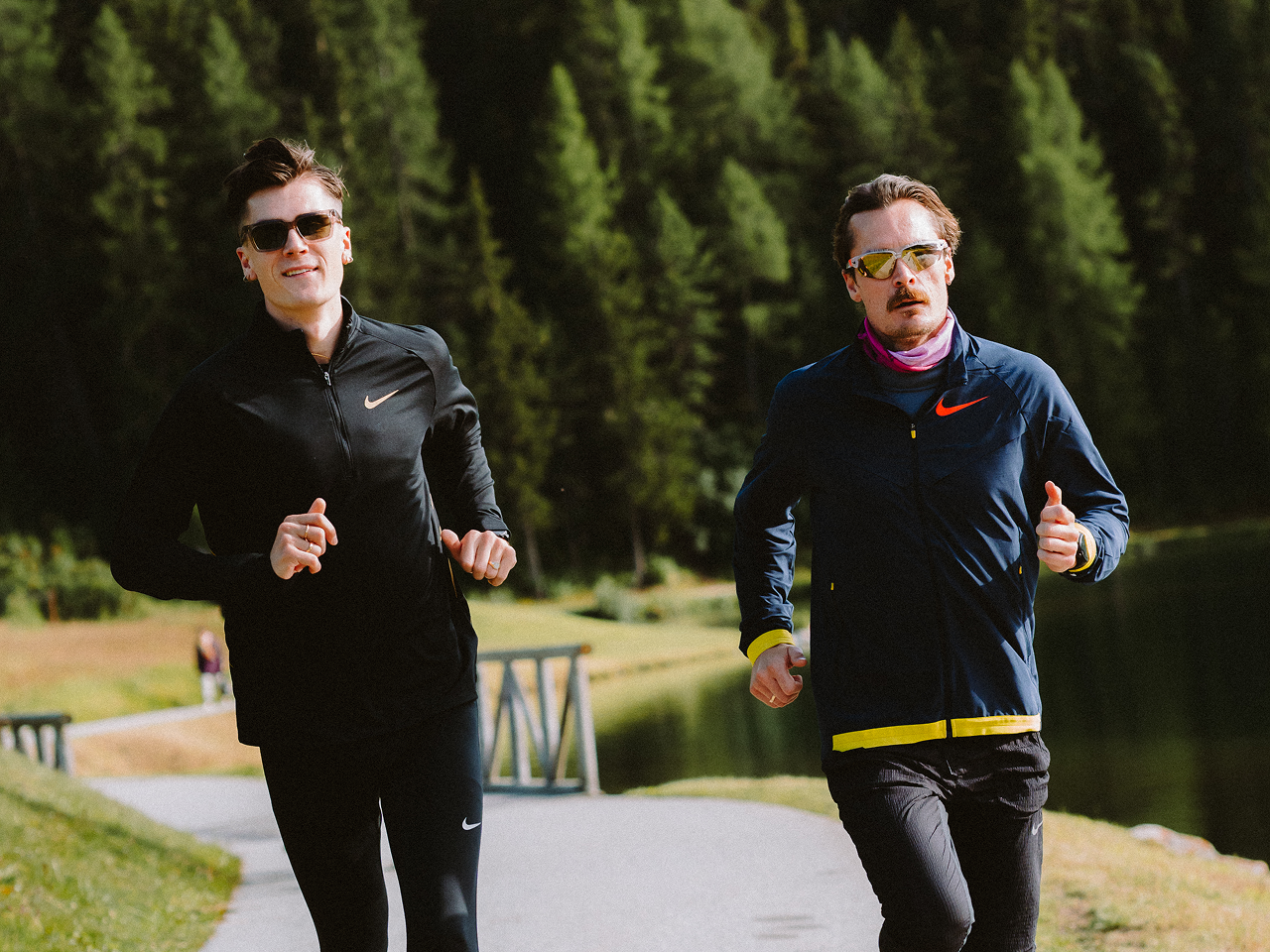What Happens to Performance at Altitude
At higher elevations, the air pressure drops. This lower pressure reduces how much oxygen passes from your lungs into your blood, meaning less oxygen reaches your working muscles. The result is:
- Lower VO₂ max (maximum oxygen uptake)
- Higher heart rates at submaximal efforts
- Earlier onset of fatigue during sustained efforts
- Decreased power output or pace at given intensities
These effects start becoming noticeable above approximately 1,500 meters (about 5,000 feet), and the impact grows with elevation. For endurance athletes, this means that training and racing at altitude requires specific adjustments.
| Elevation | Pressure (atm) | % Oxygen Availability |
|---|---|---|
| Sea Level (0 m) | 1.00 | 100% |
| 1,000 m (3,300 ft) | ~0.89 | ~89% |
| 1,500 m (5,000 ft) | ~0.83 | ~83% |
| 2,500 m (8,200 ft) | ~0.75 | ~75% |
| 3,000 m (10,000 ft) | ~0.70 | ~70% |
| 4,000 m (13,100 ft) | ~0.62 | ~62% |
| 8,848 m (Everest) | ~0.33 | ~33% |
Altitude Safety and COROS Altitude Mode
COROS watches equipped with Altitude Mode (PACE 3, PACE Pro, APEX Pro, APEX 2, APEX 2 Pro, VERTIX series) offer tools to help monitor your physiological state at high elevations. These include real-time blood oxygen saturation readings (SpO₂) and altitude acclimation evaluation. Your watch is able to take an SpO₂ measurement at any elevation, while Altitude Performance - an indicator of your body's response to higher altitude conditions - is only shown above 2500m (8200ft).
What Is SpO₂?
Oxygen in the blood is transported by a molecule called hemoglobin. SpO₂ is an estimate of how much hemoglobin is actually carrying oxygen. At sea level, most healthy individuals have SpO₂ values between 95–100%, meaning the hemoglobin is transporting about as much oxygen as it can carry. As you gain elevation, SpO₂ naturally drops because there’s less oxygen pressure driving oxygen into the blood. At 3000m (10,000ft), the value is often closer to 80% in healthy individuals. Lower SpO₂ values reflect decreased oxygen availability to your muscles, which can impair endurance performance and increase the risk of altitude sickness.

Altitude Acclimation Index
Above 2,500 meters (8,200 feet), your COROS watch calculates an Altitude Acclimation Index based on your SpO₂ readings, heart rate, and elevation. This score helps you understand how well you're adjusting to high altitude:
- 0–60: Low acclimation – risk of altitude sickness. Rest or descend if symptoms appear.
- 61–80: Moderate acclimation – proceed with caution and monitor for symptoms.
- 81–100: Strong acclimation – safe to continue activity if there are no symptoms.
The Altitude Acclimation Evaluation System, developed in partnership with sports researchers, provides climbers and high-altitude athletes with practical insight into how their bodies are responding. It combines SpO₂, elevation, and heart rate data to give personalized guidance for altitude safety and performance.
Best Practices for Racing or Performing at Altitude
When you’re heading to altitude from sea level, how you time your arrival matters. Your body won’t perform the same at 9,000 feet as it does at sea level, but how much you're affected and how you feel depends on when you arrive. There’s no one-size-fits-all answer, but there are strategies that can help depending on your travel schedule.
Short-term Stay (Race <24 hours after arrival):
Racing within a day of arriving at altitude may help minimize altitude-related symptoms like sleep disruption and fatigue. Your sea-level physiology remains largely intact during this short window, which can reduce performance decline compared to arriving 2–6 days before an event.
Medium-Term Stay (Race 2–5 days after arrival):
If you don’t have time for full acclimatization, there’s still a way to adapt more effectively. Spending a few days training at high elevation while sleeping lower may accelerate your adjustment. For example, if racing Leadville, you could stay in a lower-elevation town and train at the race site during the day. This exposes you to the altitude stress while allowing more restful sleep.
Longer Stay (2+ weeks):
If you have the ability to arrive at least two weeks before the race, your body will have time to adapt. This timeframe supports initial physiological adaptations like increased red blood cell production. It won't be the same as living there for years, but it will be noticeably different than arriving on day 1. Start training with reduced intensity, and increase gradually.

Adjusting Your Effort
Paces that feel easy at sea level will often feel noticeably harder at altitude, even though they remain in the lower pace zones. Instead of chasing splits, use:
- Heart Rate Zones because your heart rate responds directly to the physiological stress of reduced oxygen, HR zones remain accurate across altitudes. Your pace zones, however, won’t shift immediately, and trying to match them can lead to overtraining. When in doubt, trust your HR.
- Training Load to monitor cumulative stress from elevated heart rate responses. Heart rate is included in the Training Load calculation, which means it naturally adjusts for the added strain of altitude. A Training Load of 100 reflects the same internal effort regardless of elevation.
Prioritize Hydration
Altitude often comes with dry air, since the lower pressure decreases the ability for air to hold moisture. This leads to increased fluid loss through respiration and urination. Dehydration can compound fatigue and impair recovery, so:
- Drink fluids regularly, even if you don’t feel thirsty
- Consider electrolytes during longer sessions or races
- Monitor hydration needs more closely than usual
How Different Distances Are Affected
The impact of altitude on pacing and race strategy depends on event duration:
- Middle-distance and road-race events (800m to Marathon): These are noticeably affected by altitude, especially above 1,500m. Because these efforts rely heavily on aerobic power, even short races (<1hr) can feel harder. If you’re racing something like a 10k at BOLDERBoulder, arriving and racing within 24 hours may limit altitude symptoms that develop later.
- Long ultras or mountain adventures (e.g., 100-mile races): These longer efforts often exceed the window where altitude symptoms begin to appear (and often venture to even higher elevations). For these, a longer acclimation period is beneficial. Expect a slower pace and more pronounced fatigue if you haven't adapted.

Why Train at Altitude?
Elite athletes often train at altitude because of its long-term benefits for endurance performance. Over time, the body adapts:
- Red blood cell count and hemoglobin levels increase
- Muscle efficiency under oxygen-limited conditions improves
- Lactate threshold and aerobic endurance may rise
These benefits begin to emerge after about two to three weeks of consistent exposure but continue to improve with longer stays. That’s why some athletes do short altitude training camps before key races, while others choose to live and train at elevation year-round. The timeline and depth of adaptation depend on altitude, duration, and individual response.
One significant benefit of altitude training is its effect when returning to sea level. After adaptation, many athletes experience a temporary boost in aerobic performance when returning to the higher air pressure of sea-level locations. This makes altitude exposure valuable even for those targeting sea-level races.
Some ambitious athletes aim to reap these benefits on a regular basis with the "live high, train low" model. They live and sleep at altitude to gain physiological benefits but complete races and key workouts at lower elevations to maintain intensity.
COROS helps you monitor and adjust throughout your altitude training cycle with:
- Base Fitness and Load Impact to manage training stress
- VO₂ Max trends to gauge aerobic adaptation
- Efficiency Score to see how your heart rate response compares to normal
Altitude doesn’t make training better by default; it just changes the stimulus. Understanding how to train and race at elevation helps you make smart adjustments and get the most from your performance data. Whether you're heading up for a race or living high year-round, COROS provides the metrics to train effectively and recover wisely.

/filters:quality(90)/fit-in/970x750/coros-web-faq/upload/images/e71628594d33b0a3eef25b063b79c34d.jpg)





